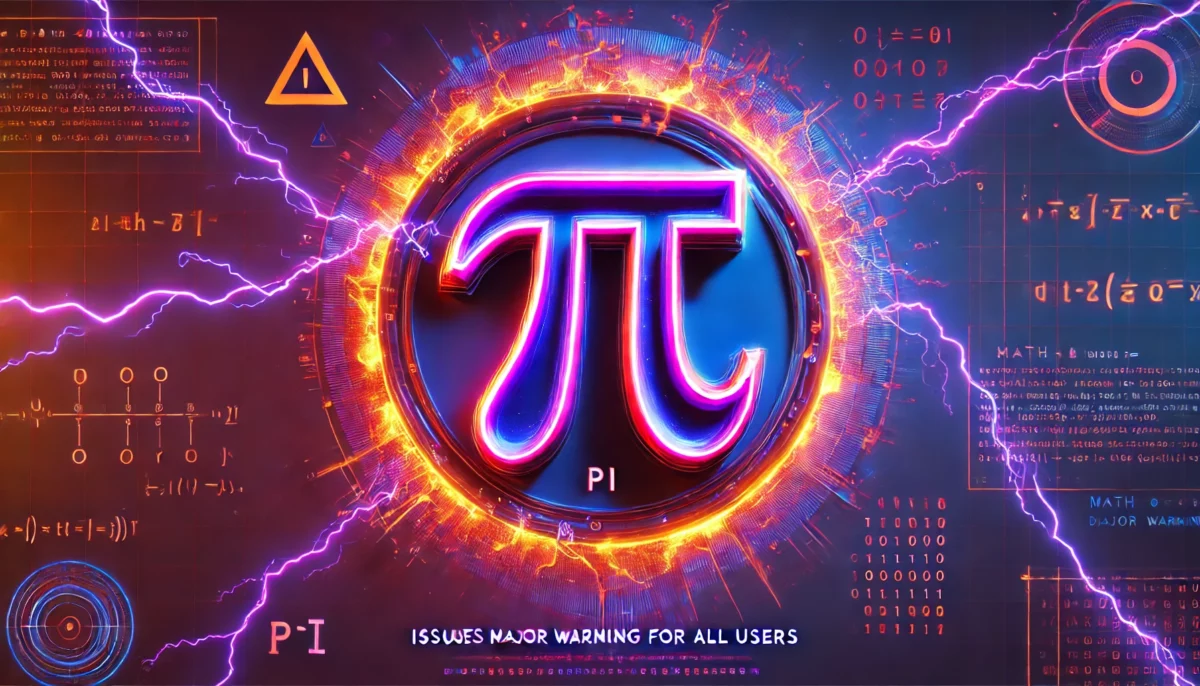RWA market still has one big hurdle to jump before it can take off
The growing popularity of real-world assets (RWAs) in the blockchain space presents a natural overlap between traditional finance (TradFi) and decentralized finance (DeFi).
Still, for RWAs to gain mainstream adoption and expand access to new investment classes, the industry must overcome a significant hurdle: how to verify and authenticate these assets in a scalable, transparent and accurate manner.
Expert estimates range from $10 trillion (Asset Manager 21.co) to $16 trillion (Boston Consulting Group and ADDX) by 2030 for tokenized RWAs, which are projected to become a mammoth industry in years to come.
Yet, as the market for tokenized RWAs continues to grow, developing robust verification mechanisms that ensure both onchain and offchain integrity is crucial for investor confidence and the overall growth of the ecosystem.
Current challenges in verifying real-world assets
Verifying RWAs presents a unique set of challenges due to their inherent complexity compared to digital-native assets. RWAs, which include physical or legally represented assets such as real estate, commodities or art, require distinct verification approaches.
The current systems for verifying RWAs are often fragmented and rely heavily on multiple intermediaries, creating inefficiencies and potential risks for fraud and opacity.
One of the key challenges in this space is the lack of standardization; there is no unified protocol for verifying RWAs, resulting in a wide array of practices that could lead to potential disputes among market participants.
Additionally, there is a significant trust deficiency because traditional verification methods involving centralized entities can be susceptible to manipulation or errors, reducing investor confidence.
Can you ever be 100% sure that a third party providing custodial management services won’t hire an irresponsible employee who may lose or damage the asset?
Moreover, scalability remains another major issue, as verifying assets across different jurisdictions, maintaining compliance with diverse legal frameworks and ensuring seamless scalability for tokenization platforms pose considerable challenges.
In TradFi, private, behind-the-scenes negotiations surrounding derivatives and other financial instruments have historically injected risk into the market, as seen in the lead-up to the 2008 financial crisis.
Therefore, without robust and reliable verification systems, the tokenized RWA market risks replicating the opacity and mistrust occasionally seen in TradFi, potentially deterring investors from participating in this lucrative emerging sector.
Scalable and transparent verification
To address these challenges, the industry must embrace innovative solutions that leverage the unique features of blockchain technology and other emerging technologies. Blockchain’s core attributes — immutability, decentralization and transparency — provide a strong foundation for developing more reliable and scalable verification systems.
For instance, integrating digital identities with smart contracts can facilitate automated and continuous asset verification, minimizing reliance on centralized intermediaries and reducing potential risks.
Recent: Quantum computer ‘threat’ to crypto is exaggerated — for now
Additionally, decentralized oracles and third-party auditors can play a critical role in bridging the gap between offchain data and onchain activities. A decentralized oracle network can ensure data integrity by aggregating information from multiple trusted sources. At the same time, third-party auditors or validators provide an extra layer of trustworthiness by verifying that offchain data accurately reflects its onchain representations.
Moreover, adopting artificial intelligence and machine learning for asset authentication can significantly enhance the accuracy and efficiency of the RWA verification processes. When combined with Internet of Things (IoT) devices, AI can provide real-time monitoring and verification of physical assets, offering an added crucial layer of assurance that puts both investors and market participants at ease.
Standardizing RWA verification
The path forward for scalable RWA verification involves establishing a standardized framework that aligns market practices and ensures regulatory compliance. Developing universal standards and protocols for RWA verification reduces risk and increases cross-border interoperability, providing investors with a smoother and more secure user experience.
But this is easier said than done. It requires collaboration among industry consortia, regulatory bodies and other stakeholders to create and enforce standardized frameworks that outline acceptable practices for asset verification.
While ambitious, a data-driven and balanced approach that accounts for the needs of all stakeholders can help advance fair and reasonable standards.
Regulatory considerations are also essential, as navigating complex legal frameworks is critical for the success of RWA verification systems. Ensuring compliance with local and international regulations while maintaining a decentralized framework is challenging but necessary.
One potential solution is establishing self-regulatory organizations that can provide oversight and guidance to market participants, striking a balance between regulatory oversight and industry growth.
Recent: 6 ‘fat-finger’ mistakes that hit crypto holders in the wallet
Institutional players, such as established financial institutions and large-scale investors, have a pivotal role in shaping these standards. By leveraging their credibility and expertise, institutions can help develop innovative hybrid models that enhance the verification process while ensuring scalability and transparency.
Through collaboration between traditional finance and DeFi players, the industry can work toward robust, interoperable, and compliant solutions that maintain the integrity of both onchain and offchain activities.
By leveraging blockchain, decentralized oracles and AI to support standardized frameworks, the RWA market can overcome its current challenges and meet its lofty potential, thus fostering a new era of financial innovation and inclusion.
Tomer is chief marketing officer at Kima Network and the investment director of ChainGPT Labs. He is also an angel investor of over 60 projects, and a strategic advisor for over a dozen of them.
Disclaimer: The content of this article solely reflects the author's opinion and does not represent the platform in any capacity. This article is not intended to serve as a reference for making investment decisions.
You may also like
Goldman Sachs: Tariffs will reduce U.S. jobs
Pi Network Unveils Ad Platform to Empower Developers and Fuel Growth

Ethereum Eyes $4.8K and Beyond After Breakout
Ethereum holds strong after a breakout, keeping the $4.8K target in play with eyes on $8.5K as a potential next stop.Can Ethereum Push to $8.5K Next?What to Watch Going Forward

Qubetics Offers 2789% ROI for Early Buyers as Immutable X and SUI Compete for the Best Coins to Buy This Month
Explore the best coins to buy this month with Qubetics, Immutable X, and SUI. Learn about Qubetics' QubeQode IDE and what sets these projects apart.Qubetics: QubeQode IDE—Empowering Blockchain DevelopersImmutable X: Scaling NFTs for the FutureSUI: A Next-Gen Blockchain with a Unique Consensus MechanismQubeQode IDE: Simplifying Blockchain DevelopmentConclusion

